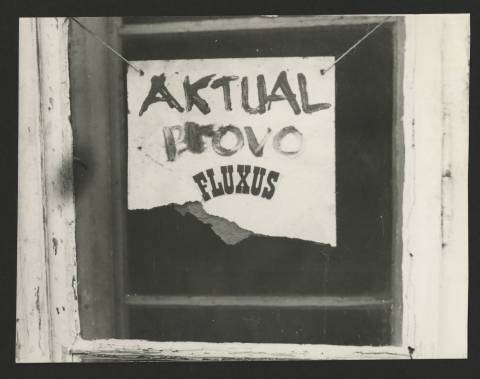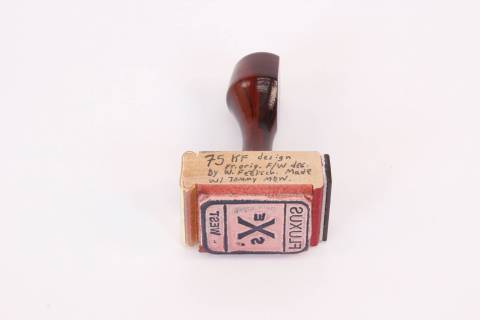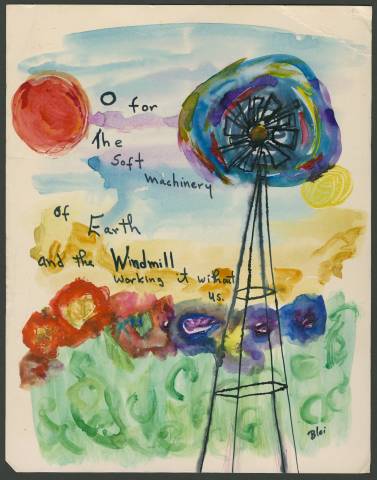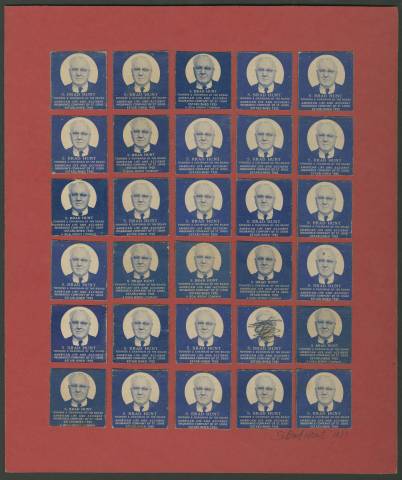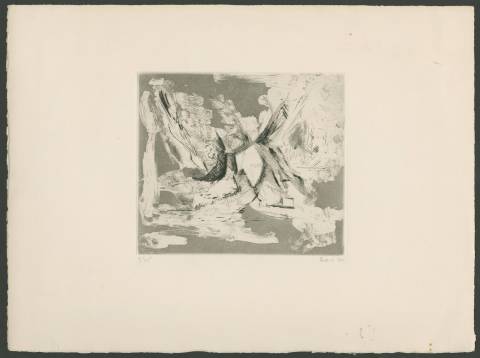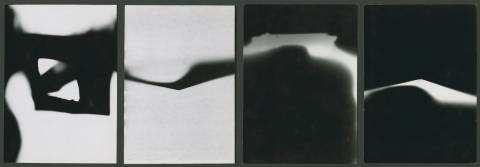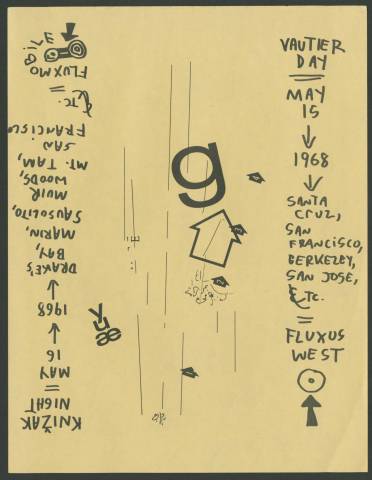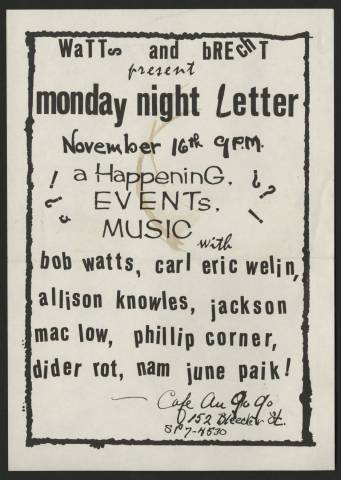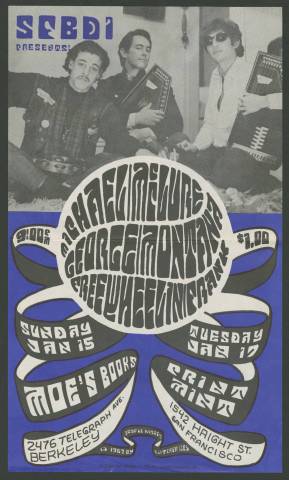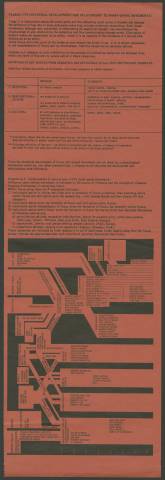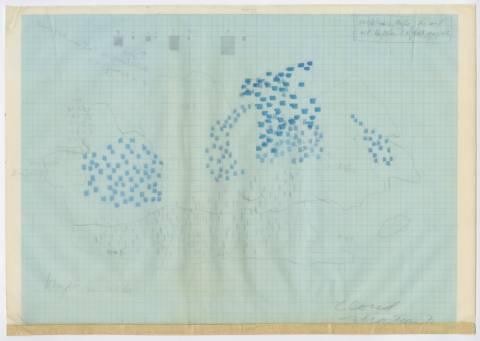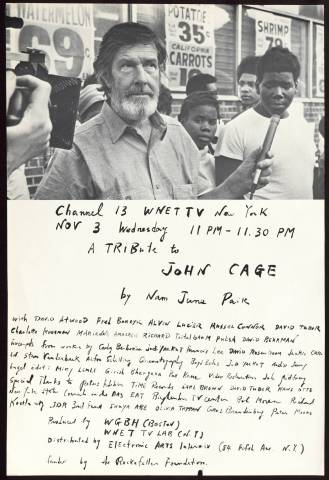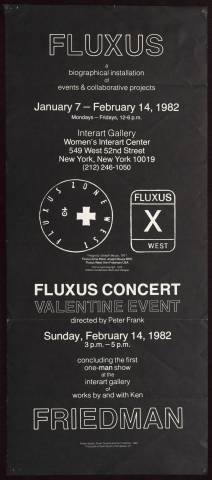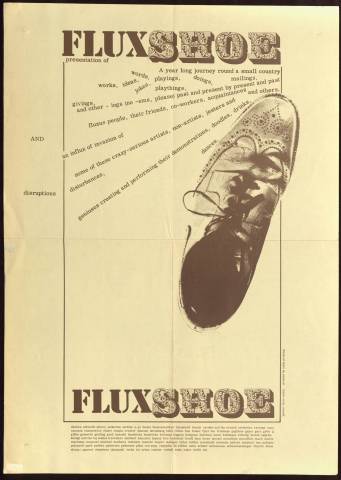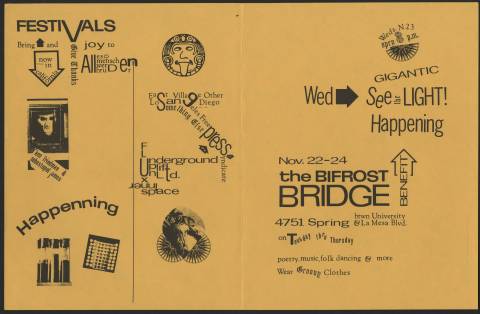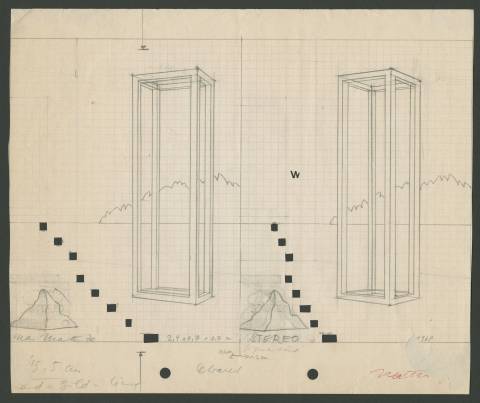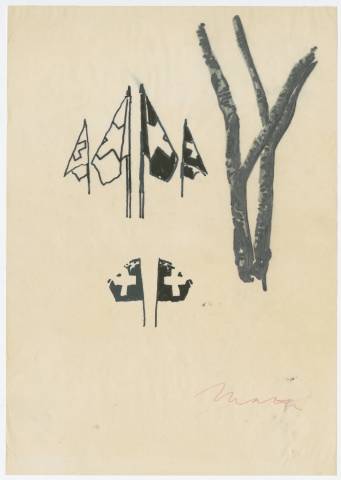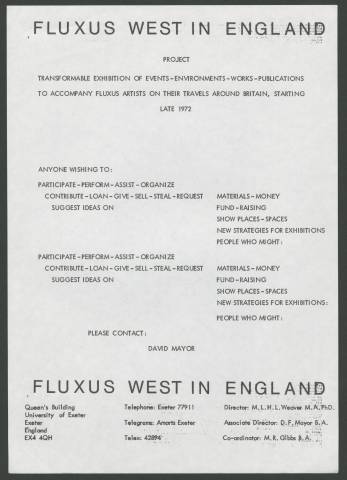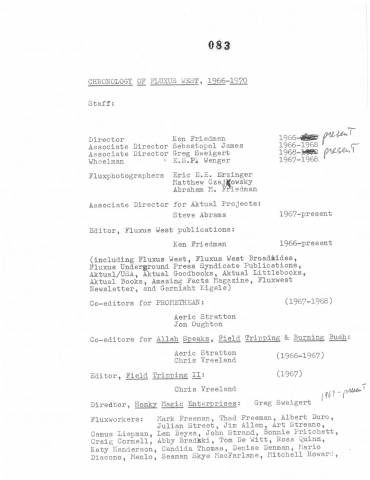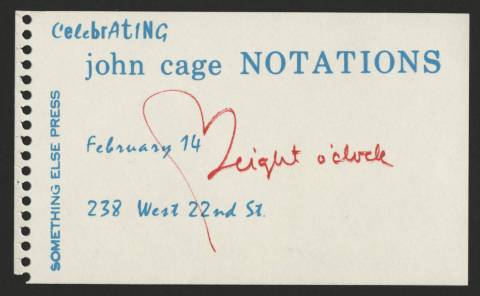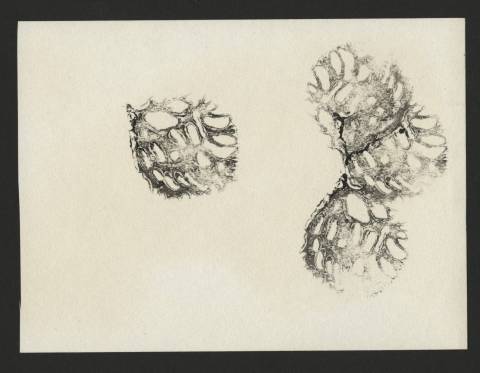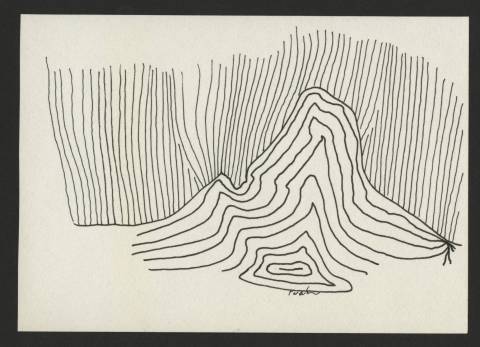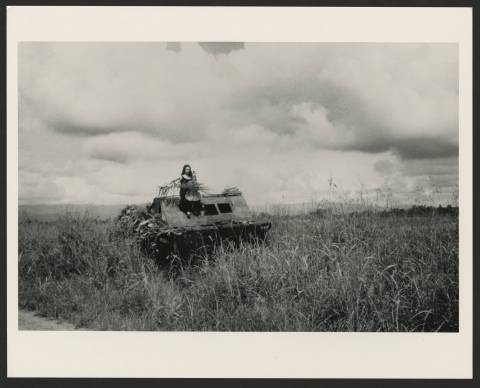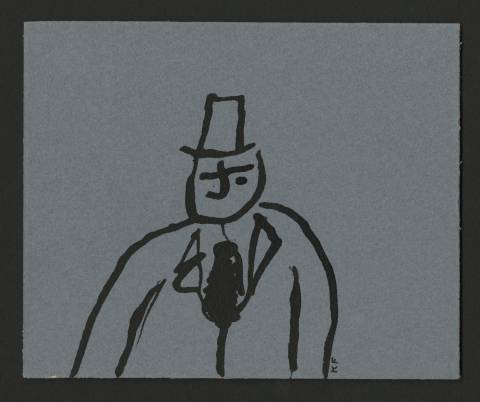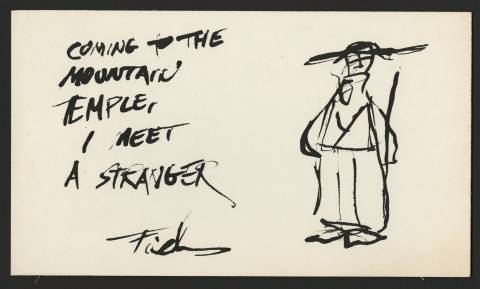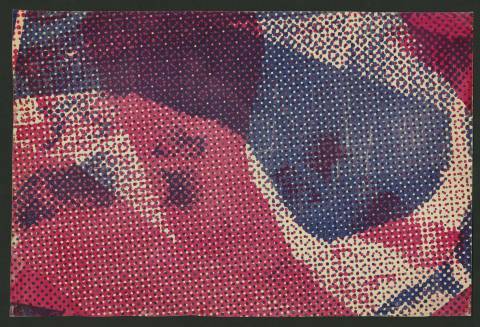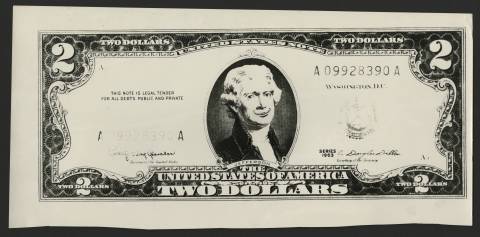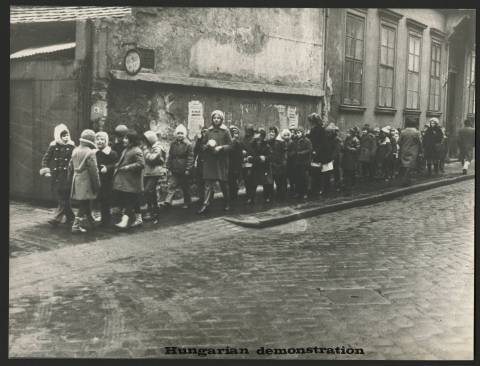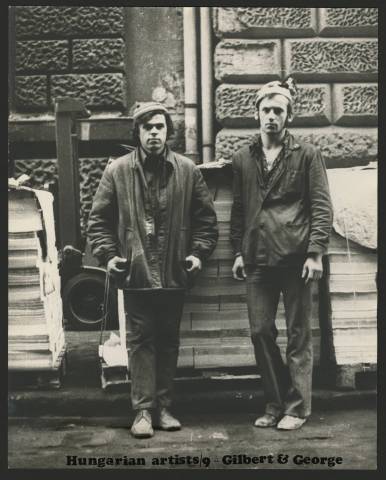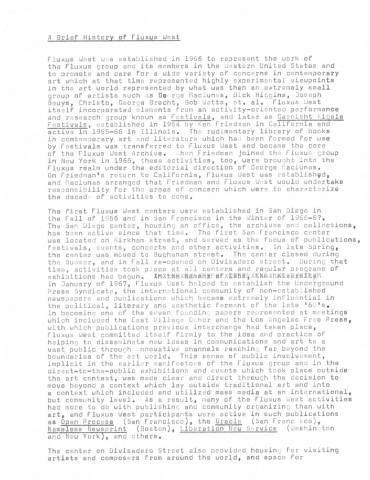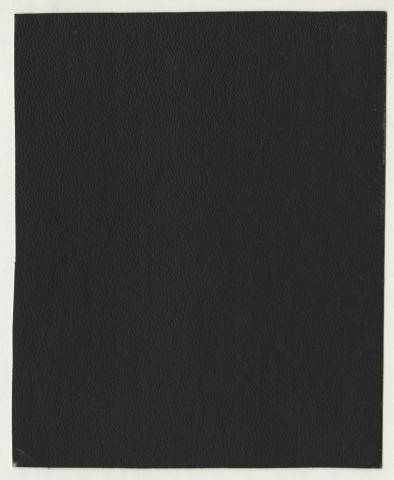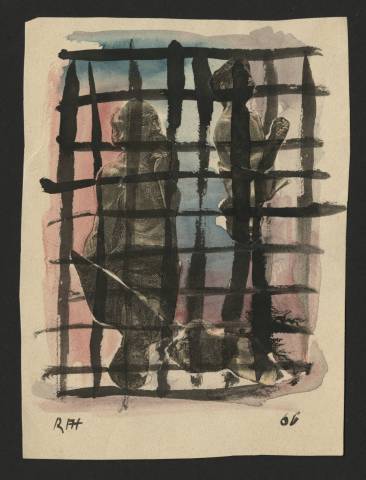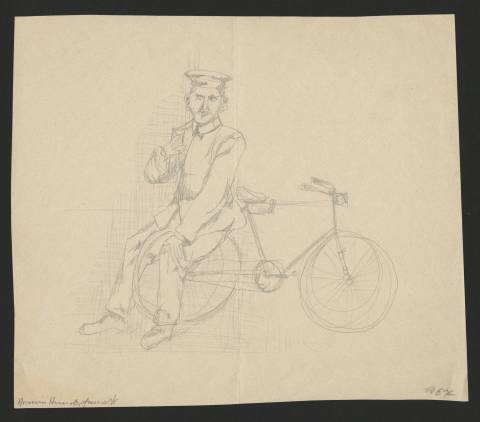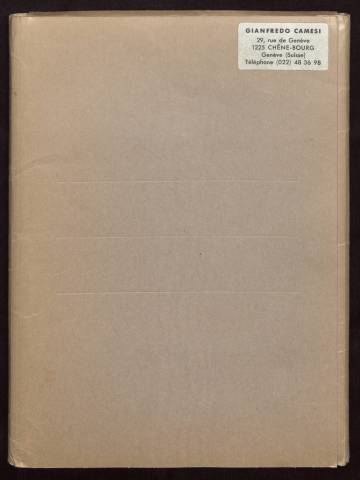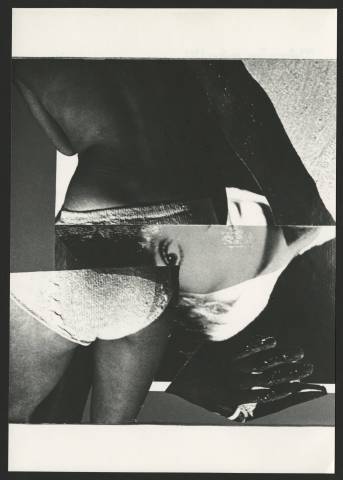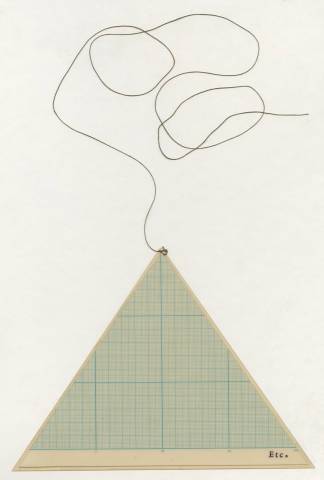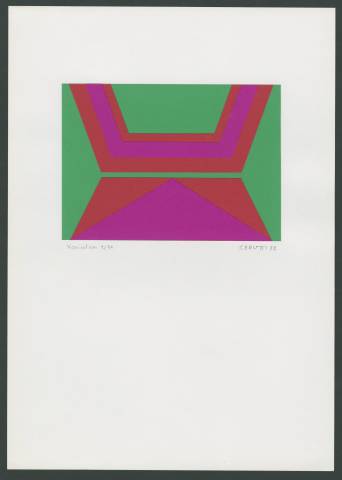Paper
A SIGNIFICANT NUMBER of Fluxus works consist of printed matter: manifestos, charts, signs, maps, posters, flyers, newsletters, newspapers, and small magazines. Like many avant-garde groups of the twentieth century, Fluxus took advantage of key innovations in independent publishing. In an age of mass production, the tabletop letterpress and the mimeograph machine offered writers and artists greater control over the work they produced, and at more affordable costs. George Maciunas’s News-Policy-Letters allowed a community of artists spread across North America, Europe, and Japan to keep apprised of one another’s activities. Publications like Decoll/age, Fluxus Preview Review, ccV Tre, and imprints like Something Else Press promoted artists working outside and between the conventional borders of genre and format—or what Dick Higgins called “intermedia.” Furthermore, the effects of letterpress printing evident in many fluxkit and mail-art designs also extend to other modes not traditionally associated with art. Maciunas’s chart “Fluxus (Its Historical Development and Relationship to Avant-Garde Movements,” Nam Jun Paik’s map “Fluxus Island in Décollage Ocean,” and Wolf Vostell’s diagram “Fluxus Wiesbaden 1962” are exemplary works that appropriate from genres germane to fields and techniques of geography, history, and the social sciences.

